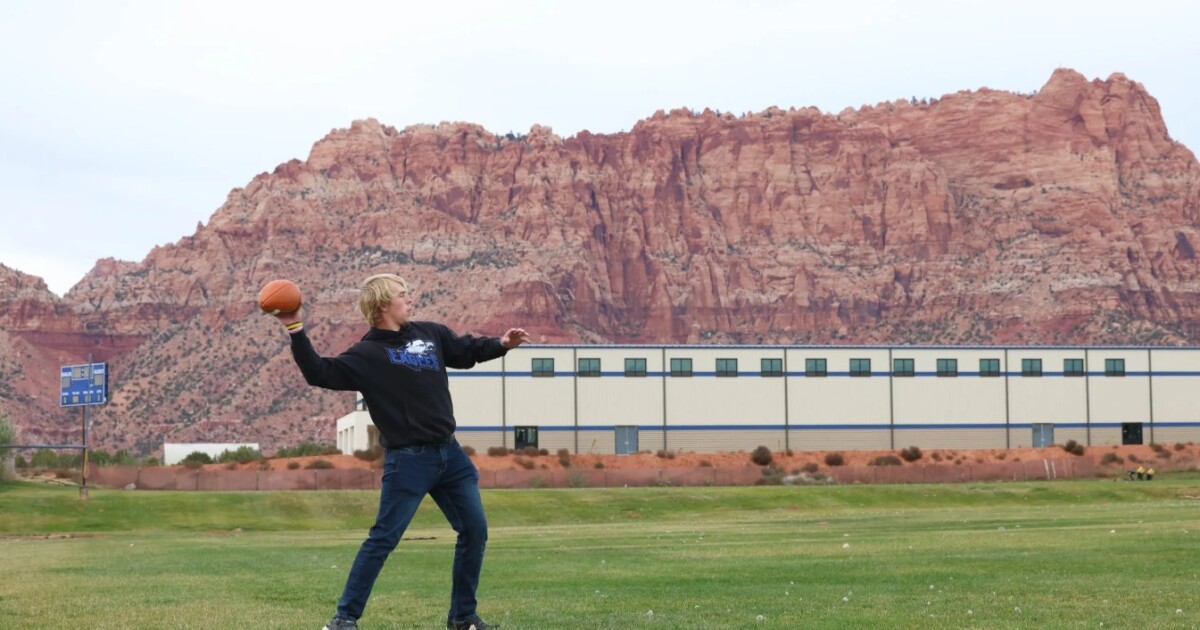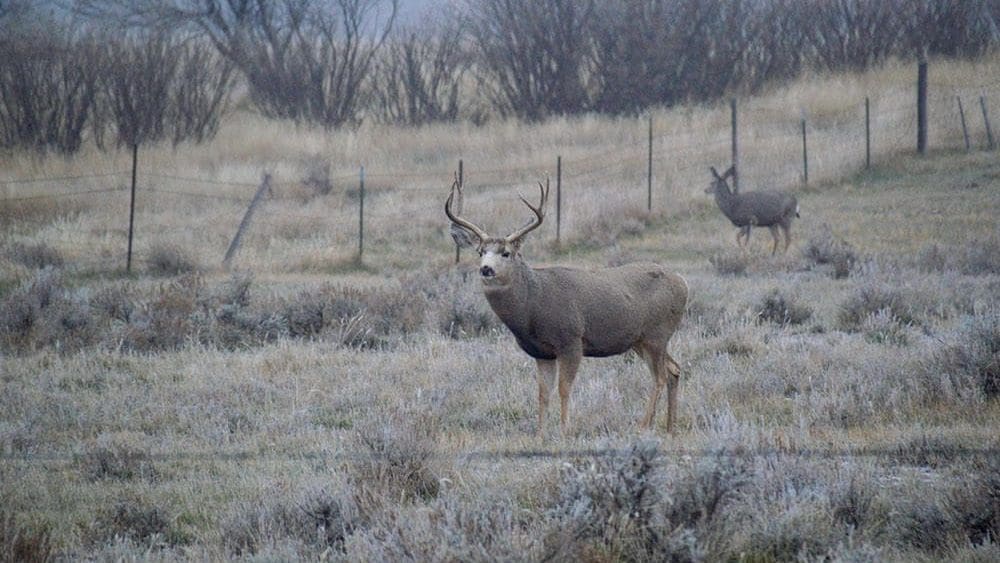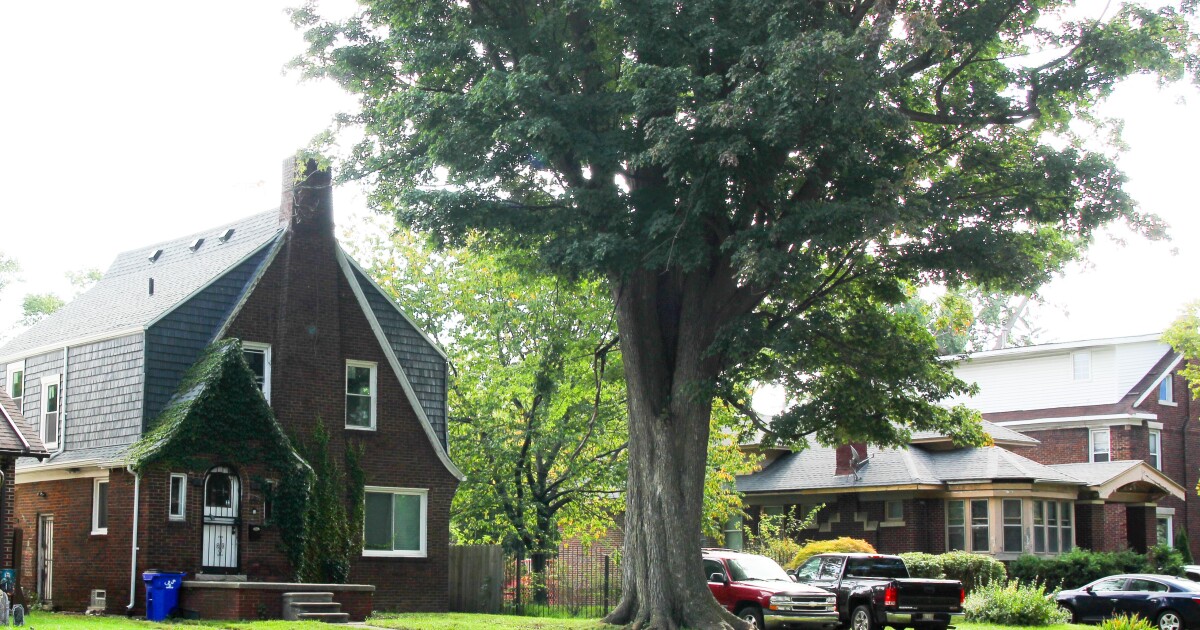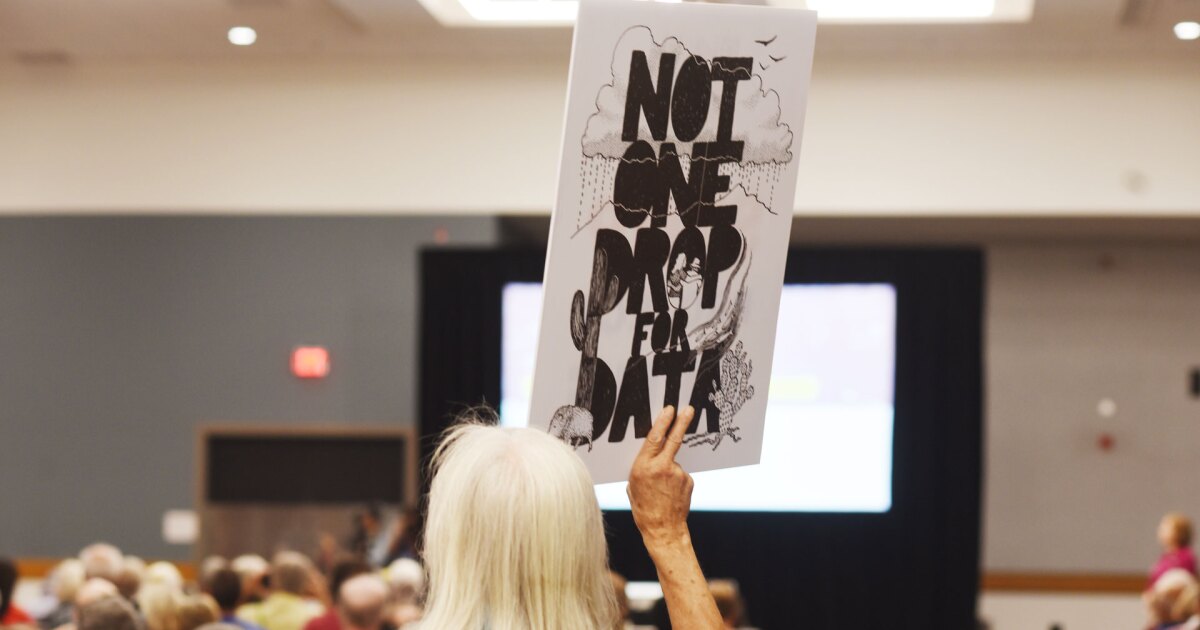Revoking “Roadless Rule” protection from 58 million acres of U.S. Forest Service land may leave the agency without clear guidance, say forest policy experts. The proposal announced on Monday could open road construction and logging on about 30% of Forest Service land, including 37% in Montana, 45% in Idaho, and 35% in Wyoming. However, it also risks entangling the Forest Service in complex, interwoven policies affecting local economies and recreational access.
“It’s not automatic that by lifting the Roadless Rule, all those lands go to meeting timber goals,” said Mary Erickson, a former supervisor of the Custer Gallatin National Forest. “A lot of roadless lands are roadless for a reason. They’re steep and rugged and don’t necessarily have high-value timber.”
Secretary of Agriculture Brooke Rollins announced the rescinding of the Roadless Rule during a Western Governors Association meeting. Rollins argued that eliminating the rule would improve wildfire management, enhance local timber economies, and remove “overcomplicated, burdensome barriers that hamper American business and innovation.”
“Once again, President Trump is removing absurd obstacles to common-sense management of our natural resources,” Rollins stated in a press release. “This move opens a new era of consistency and sustainability for our nation’s forests.”
Critics like Erickson highlight several challenges. First, the Roadless Rule has been integral to forest management, affecting endangered species listings, hunting and fishing seasons, and recreation access. Moreover, two state-specific roadless rules exist for Idaho and Colorado, complicating the situation. Rescinding the rule will be arduous.
Second, it conflates Alaska’s arctic rainforest issues with differing conditions in the Lower 48 national forests. Alaska has about 15 million acres of roadless land, a quarter of the areas covered by the rule. Idaho follows with 9.3 million acres, Montana with 6.4 million, and Wyoming with 3.2 million. However, Alaska’s debates focus on access to old-growth timber and tribal sovereignty, while other states prioritize wildfire suppression and recreational access.
Third, many Inventoried Roadless Areas face high deferred maintenance costs and limited commercial interest. The Forest Service has an $8.4 billion deferred maintenance backlog for roads, even as its budget and staffing are cut.
Republicans in Congress support the move. Wyoming Rep. Harriet Hageman criticized the Roadless Rule for wildfire damage and reduced logging, calling it a top priority to fix. Montana Sen. Steve Daines hailed the announcement as a “huge win for Montana, forest management, and wildfire mitigation” on Facebook.
Forest Service Chief Tom Schultz stated that the Roadless Rule failed to reflect modern conditions like tree overstocking and drought, adding that removing the rule would return decision-making to local experts.
“For nearly 25 years, this rule has frustrated land managers,” Schultz said. “It has limited wildfire suppression and timber harvesting on nearly 60 million acres.”
Since 2001, more than 8 million acres of roadless areas have burned in wildfires, Schultz noted. National Interagency Coordination Center records show an average of 70,025 wildfires annually burning about 7 million acres each year since 2000.
Long-running Problem
The Roadless Rule emerged from decades of contention following the 1964 Wilderness Act. Conservationists and industry advocates debated how to designate untransformed Forest Service land for wilderness, resulting in 36 million acres of federal wilderness areas.
Two Forest Service studies in the 1970s, Roadless Area Review and Analysis I and II, aimed to categorize ambiguous forest map areas, leading to Inventoried Roadless Areas codified in the 2001 Roadless Rule. This rule prevented landscape fragmentation, maintenance backlog, and costly legal disputes.
Legal battles arose over whether a national rule could address local forest conditions, leading Idaho and Colorado to establish their own roadless rules. Other states, like Montana and Wyoming, remain under national policy. In 2018, Alaska and Utah sought state-specific rules. Alaska’s rule was approved but later overturned by the Biden administration.
Questions persisted over whether roadless areas served as covert wilderness designations. A 2011 court ruling stated they were not “de facto wilderness,” allowing motorized access, commercial activity, mining, and forest management.
Roadless areas remain popular for recreation and are often more accessible and ecologically diverse than wilderness areas. Public lands expert Martin Nie emphasized that rescinding the rule impacts forest plans and connected regulations like the Endangered Species Act, potentially leading to ecological and procedural challenges.
—
Read More Montana News










